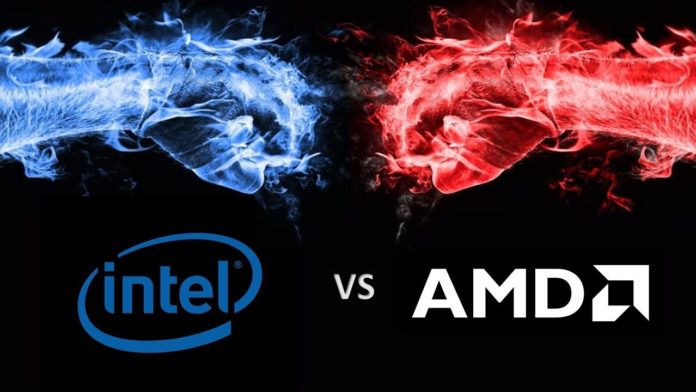At this point, AMD has got Intel on its last legs, at least in the desktop CPU market. The 9th Gen lineup can’t compete with the Ryzen 3000 CPUs, be it in terms of performance, power efficiency or the core architecture. Things are far from over though. Intel is around 10x bigger than AMD in terms of revenue and R&D. That’s one of the main reasons the company hasn’t buckled under and gone bankrupt. But that’s beside the point. Intel launched the 10nm Ice Lake parts earlier this year, at least for low power notebooks. That’s what this post will explore.
AnandTech has done a comparison of the Surface Book, an AMD Ryzen 7 3780U and the new Ice Lake i7-1065G7 and the results are quite impressive.
AMD Ryzen 7 3780U vs Intel Core i7-1065G7: CPU Performance


The Ice Lake-based i7 basically murders the Ryzen 7. And unlike what we’re used to seeing, Intel continues to lead in the multi-threaded benchmarks as well.
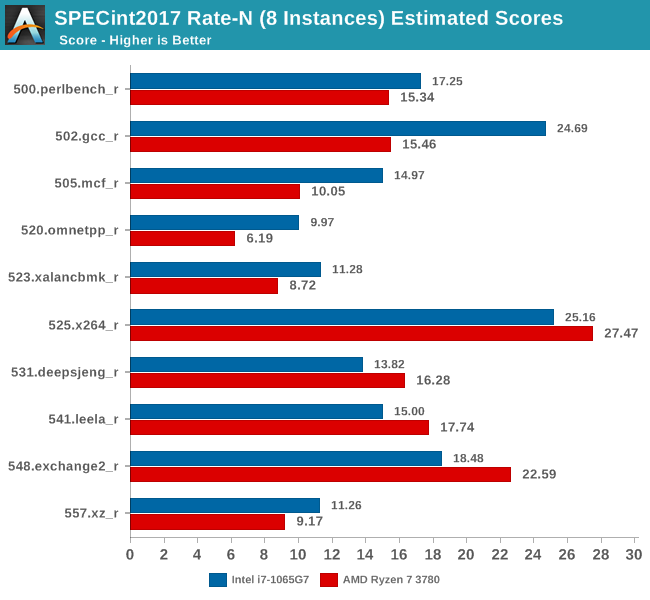

Intel’s advantage continues in Cinebench which is AMD territory, and something Intel doesn’t consider as indicative of real-world performance:
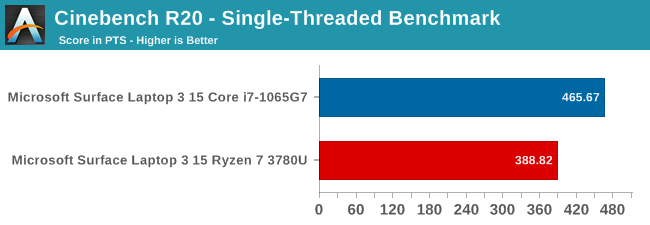
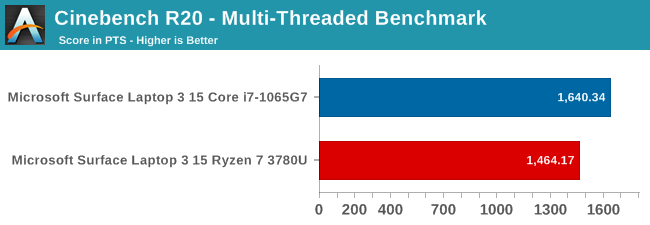
This is something you see…well never. Instead of all that deceptive marketing that Intel has been up to these days, it’d have been better if they just showcased their Ice Lake parts.
AMD Ryzen 7 3780U vs Intel Core i7-1065G7: Gaming Performance
The Ice Lake CPUs feature that Gen 11 iGPU which is supposed to multiple times faster than the preceding Gen 9.5. To give you an idea of what magnitude we’re talking about here, listen to this: 9.5 includes 24EUs but Gen 11 features as many as 64 Execution Units. Earlier, Intel’s integrated graphics used to get crushed by AMD’s Vega but I suspect that will change here:

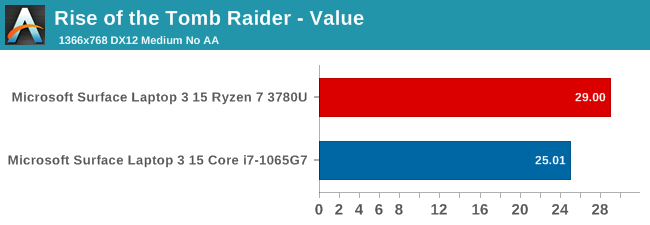
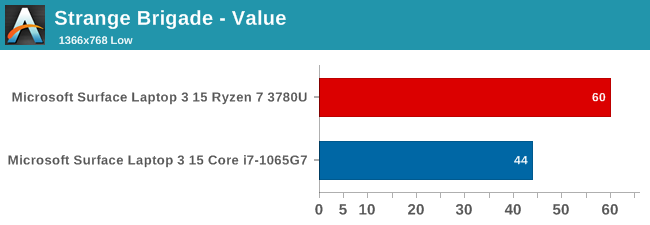
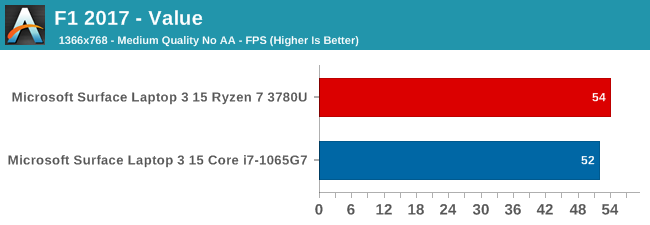
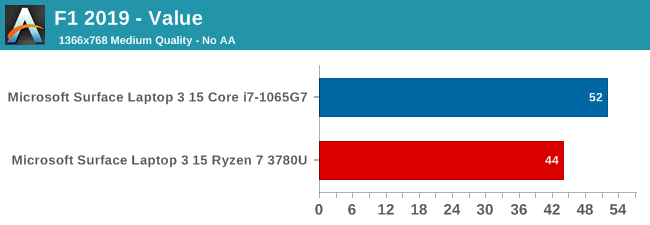
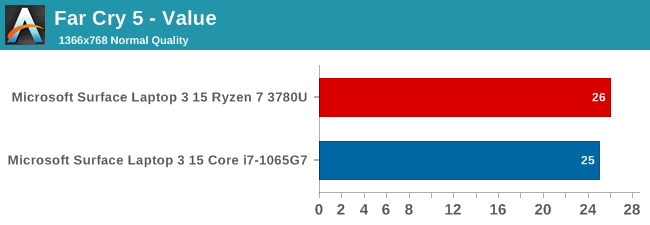
And change the results do. The competition is quite cutthroat, but the Vega GPU manages to win overall. Out of seven titles, the AMD chip marks four wins while the Intel part is restricted to three. Regardless, the results are quite close and I suspect that’ll only continue with Gen12.
Why Isn’t Ice Lake Coming to Desktop?
By now, you’re probably impressed by Intel’s Ice Lake chip and wondering what’s stopping them from launching a desktop-based lineup. The problem is: Yields, something that I’ll confirm now:

In the single-threaded Cinebench test, both the chips struggle to maintain a steady boost clock, but the Ryzen 7 manages to achieve a higher overall frequency. Despite that though, the Core i7 draws more power and by the end of the test throttles really hard.

The same thing continues in the multi-threaded test except here it’s even worse. The Ice Lake based i7 is stuck at 3.5GHz while the Ryzen 7 achieves a stable 3.75GHz. And again, the TDP of the Intel part is much worse.
This tells us a lot about the state of Ice Lake: The yields, frequency scaling, and TDP. When a new chip process first hits the market, the yields are low but the frequency and power draw is usually higher than the preceding generation. We saw that with the Ryzen 3000 chips too.
With Ice Lake, however, it’s the other way around. The TDPs are higher and the boost clocks are much lower than the Comet Lake parts. Granted, the 14nm node is more mature and the 10nm process is barely out of the bag. But even then the boost clocks are abysmally low. This can only be the result of poor yields which explains why Ice Lake isn’t coming to desktops anytime soon (or ever). It also explains why the 10nm based Ice Lake laptops are so limited in volume.
Conclusion
Intel can still manage a steady hold over the consumer market if it prices the 10th Gen Comet Lake-S CPUs well. After that Rocket Lake is expected to include a backport of the 10nm(++) Willow Cove design. I’m not quite sure if that’ll pan out, and how well will the chips perform, but it should still be a good upgrade over the existing Skylake core.


